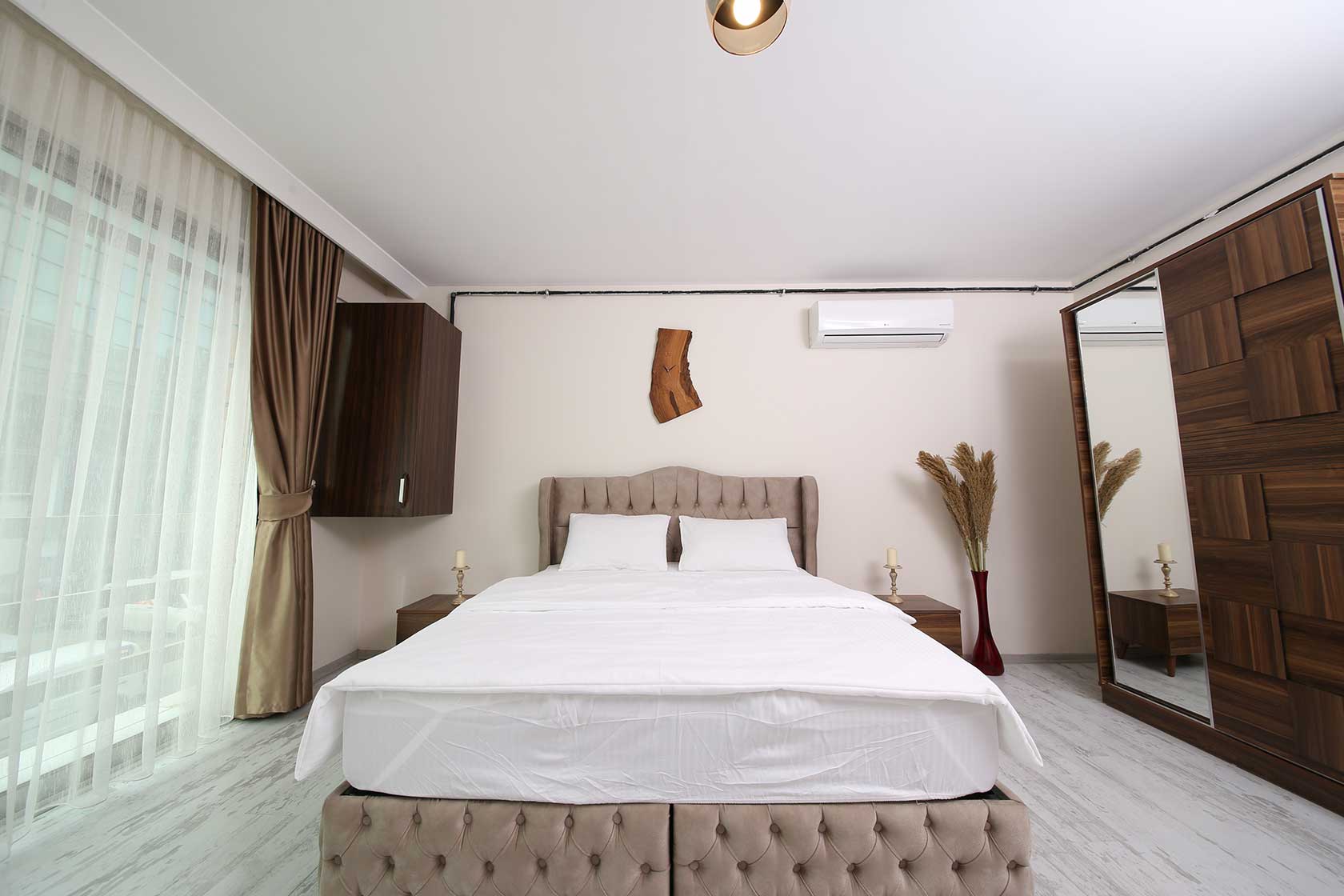Air conditioning is an integral part of home design in Queensland, Australia. In a state where the average temperate is 29 degrees Celsius, finding ways to mitigate the extreme heat and humidity is essential.
Queensland Home Design
Traditional Queensland homes, known as the “Queenslander”, are built on legs to allow air to circulate under the building, which improves heat transfer. In addition, many homes are long and thin, as this also enhances air circulation and heat transfer. However, while this type of design is effective, most homeowners these days expect air conditioning as standard in a new home. Air conditioning can also be retrofitted in an older property. On leading Queensland-based Live Services Group’s website, they provide quality air conditioner installation to Sunshine Coast residents at an affordable price.
But air conditioning only works if the basic design of the property is compatible with a hot and humid climate.
Not All Modern Homes Are Energy Efficient
A recent study of home design in modern housing developments in Adelaide carried out by the University of South Australia found that poor building design did not support energy efficiency, even when air conditioning was installed.
Researchers discovered that many newly-built properties lack natural ventilation, are over or under-insulated and are extremely air-tight. The study described such properties as a “plastic bag” because they retain heat and don’t cool down at night. Researchers say that such homes perform well during cooler weather, but when the temperatures heat up, the demand for cool air leads to high consumption of energy.
Building Design Works In Tandem With Air Conditioning
Using an air conditioning system is a quick and easy way to maintain a comfortable temperature in a Queensland home, but it’s essential to ensure the building design is suitable for the climate and the property is constructed with temperature management in mind. Experts say that south-facing rooms are best used as cool retreats because they can be cooled down more easily.
Properties constructed on a concrete slab can make use of the thermal mass beneath the building. The use of hard flooring such as ceramic tiles and rolling up thick rugs during the day lets heat dissipate into the ground. Windows should be fitted with external shades and screens that allow for natural ventilation while keeping unwanted insects outside. The reflective foil used in the roof space acts as a barrier between the roof and the rest of the house, and thick cladding offers better heat transfer properties.
Keeping Properties Cool
While air conditioning is essential, using ceiling fans also helps move hot air around. In addition, if homeowners hang wet sheets over open windows in the evening, the incoming air is cooled by the process of evaporation. Again, this offers some savings compared to running an aircon system 24/7.
Finally, it’s vital to ensure an air conditioning system is well-maintained. Otherwise, it will not be as energy-efficient as it should be and unreliable during hot weather. Always schedule regular service to avoid breakdowns.





